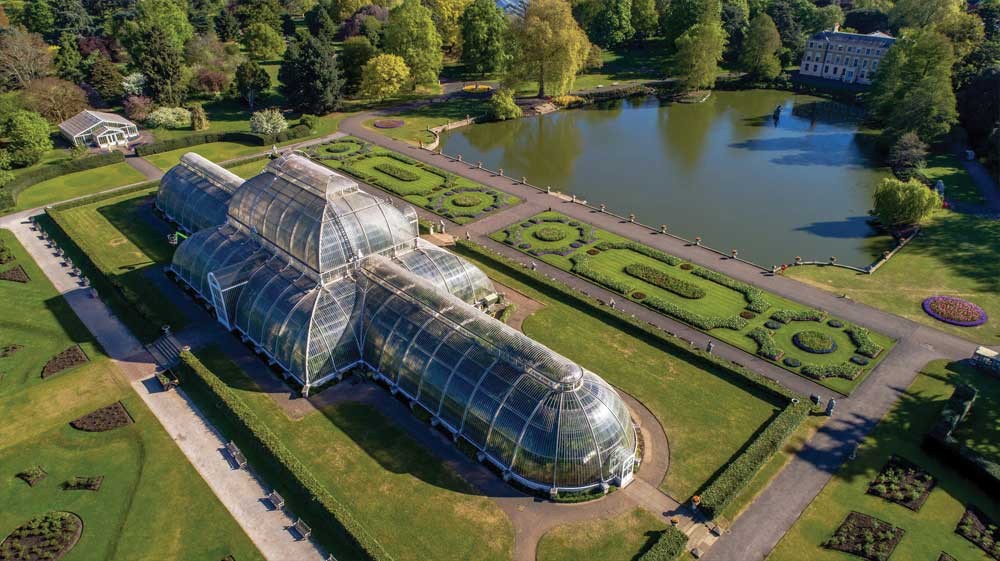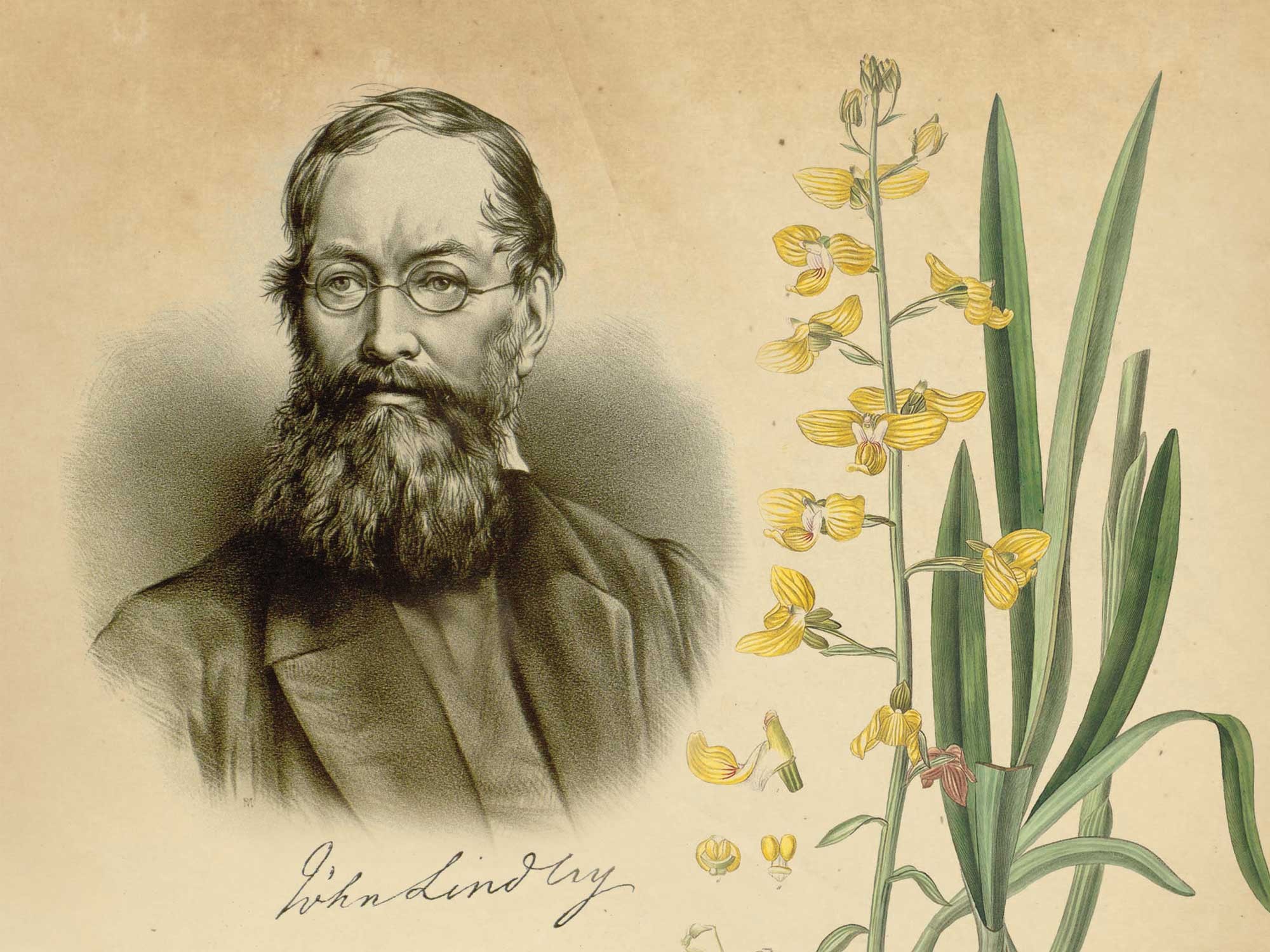
The Norfolk man who helped save Kew Gardens
In 1830, the first flower shows were held in England, organised by the Norfolk-born botanist John Lindley - who wrote one of the best-ever books on horticulture and also saved a national natural treasure...
Kew Gardens is one of the country’s top tourist attractions, and the 330 acre site (with its 40 listed buildings) houses over 27,000 different living plants, almost nine million preserved specimens and a library containing almost a million books. It’s the largest and most diverse botanical collection in the world, but had it not been for the efforts of a man from Norfolk the gardens may have been dug up and built over in the name of urban development.
And saving Kew Gardens was only one of his many achievements.
John Lindley was born in 1799 just outside Norwich, where his father ran a commercial nursery and cultivated fruit trees. The young boy helped in the gardens and collected wild flowers he found growing in the Norfolk countryside, but his schooldays suggested he was destined for greater things.
There may not be a statue of John Lindley in Norfolk, and his name may not feature on a list of the county’s most famous sons, but botanists and gardeners around the world owe this man from Norwich an enormous debt.
Despite being blind in his left eye, John had an astonishing gift for artistic detail (he’d been taught to draw by a French refugee) and at the famous Norwich School he excelled at Latin and Greek - while his father taught him the basics of horticulture.
Ideally he wanted to go on to university, or failing that to buy a commission in the army - but his father’s business was never profitable and the family could afford neither. Aged 16, John Lindley became a sales representative for a London-based seed merchant.
It was around this time that his talents were noticed by the botanist William Hooker (who’d also been born in Norwich) and he was introduced in turn to Sir Joseph Banks, who’d taken part in Captain Cook’s first great voyage and would be President of the Royal Society for over 41 years.
Working from Banks’ house in London, Lindley drew, described and named new varieties of plants with such accuracy and insight that he was made a Fellow of the Linnaean Society at the age of 21. His Botanical History of Roses (1820) distinguished 76 different species, identified 13 new ones, and included 19 paintings he produced himself.
When Banks died a few months later, Lindley was asked by the Horticultural Society of London (today’s Royal Horticultural Society) to draw roses - and put him in charge of supervising the collection of plants for its new gardens at Chiswick.
Before long, eminent botanists were eagerly seeking his help with their projects - John Loudon’s masterful (and massive) Encyclopedia of Plants covered some 15,000 flowering plants and ferns, and Lindley did most of the work.
The man from Norfolk was elected a Fellow of the Royal Society, was awarded an honorary doctorate from the University of Munich, and received academic honours from France, the USA and Switzerland. He took a part-time job as Professor of Botany at the newly-established London University, and when he found the current textbooks unsatisfactory for his students he wrote his own for them.
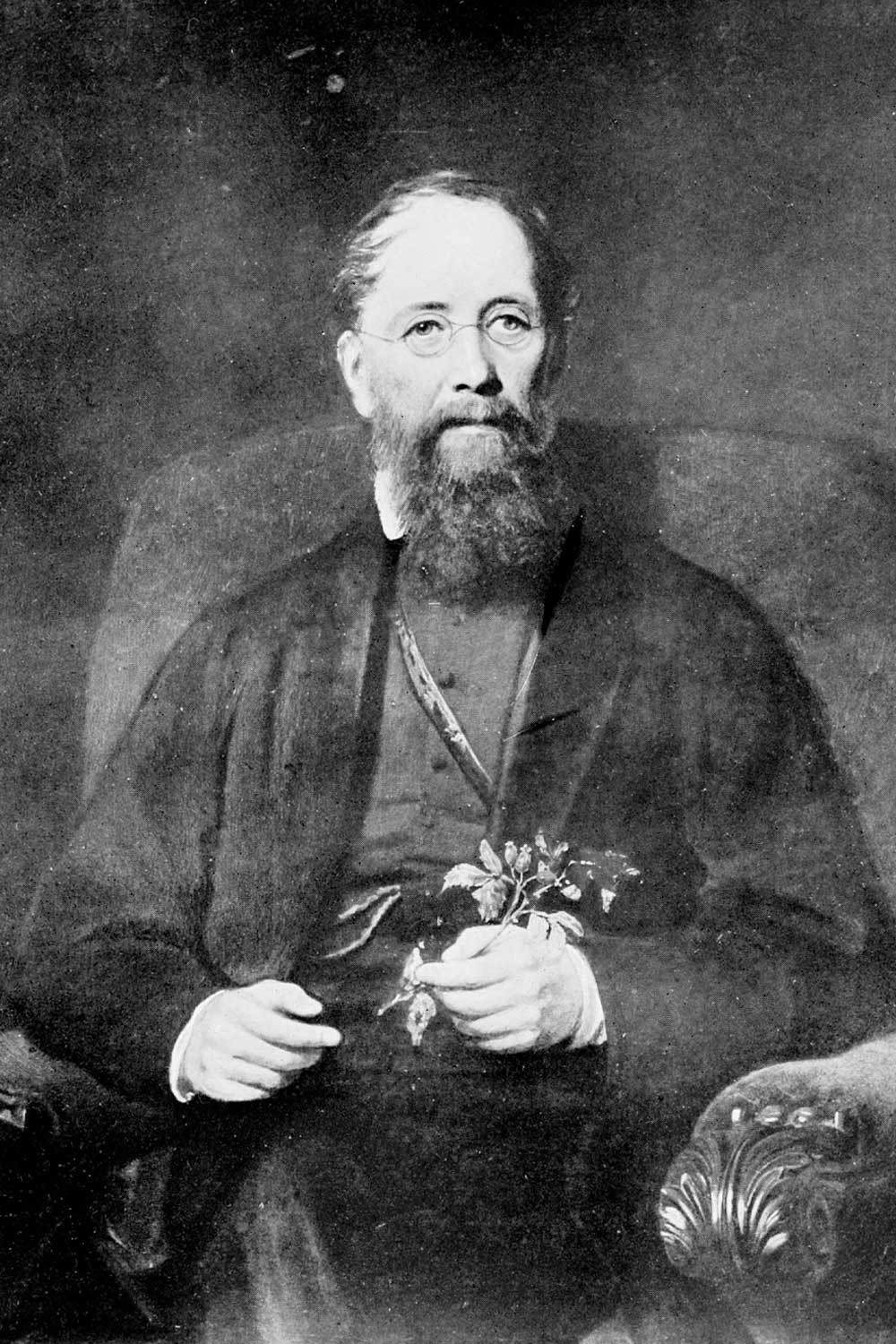
It was hardly surprising that when the future of the gardens at Kew was being debated, the authorities turned to John Lindley.
Since the death of George III in 1820 and the loss of royal patronage, the gardens had been in decline. Together with Joseph Paxton (who designed the Crystal Palace and cultivated the banana we know and love today) Lindley gave the government a stark choice.
“Kew Gardens should either be at once taken for public purposes, gradually made worthy of the country, and converted into a powerful means of promoting national science,” he wrote, “or it should be abandoned.”
When the government proposed to take the easier route, pulling down all the greenhouses and giving away all the plants, Lindley told Prime Minister William Lamb the matter was going to be raised in Parliament. There was a public outcry, and when the young Queen Victoria added her support the government backed down and Kew Gardens became public property.
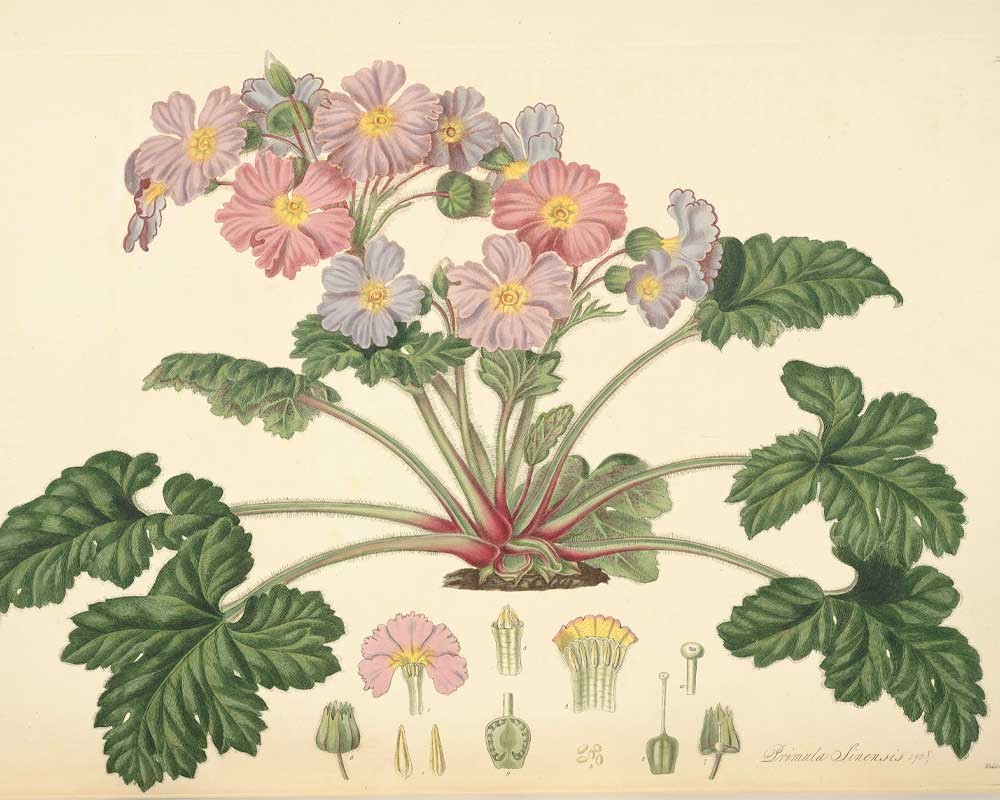
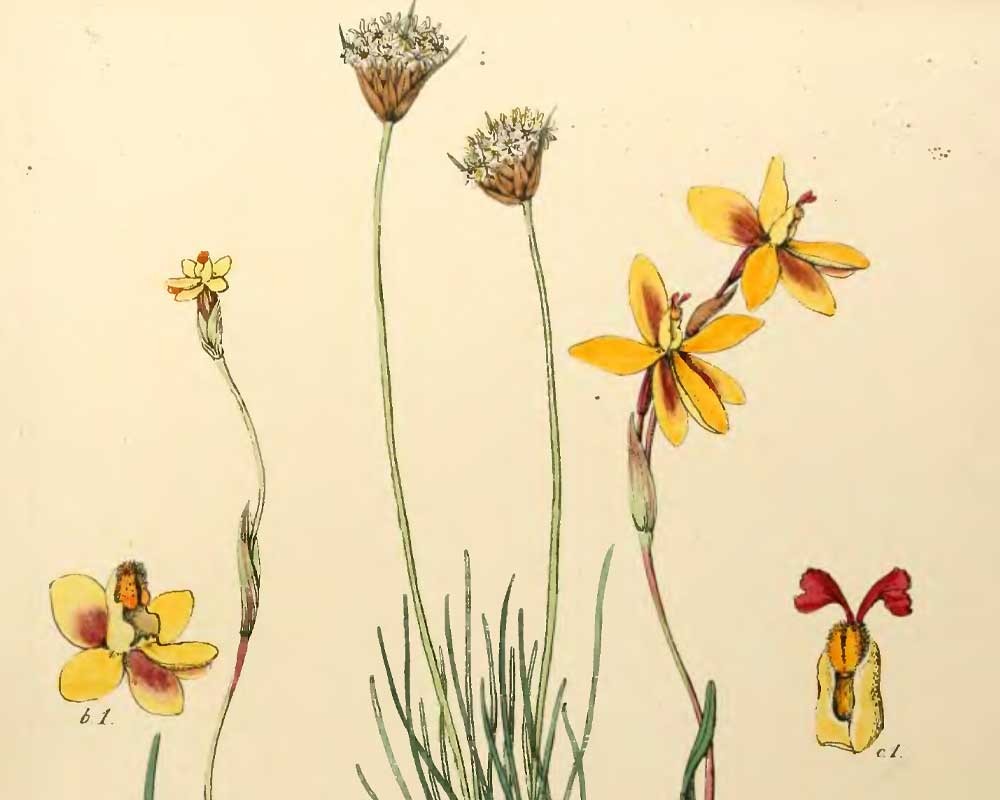
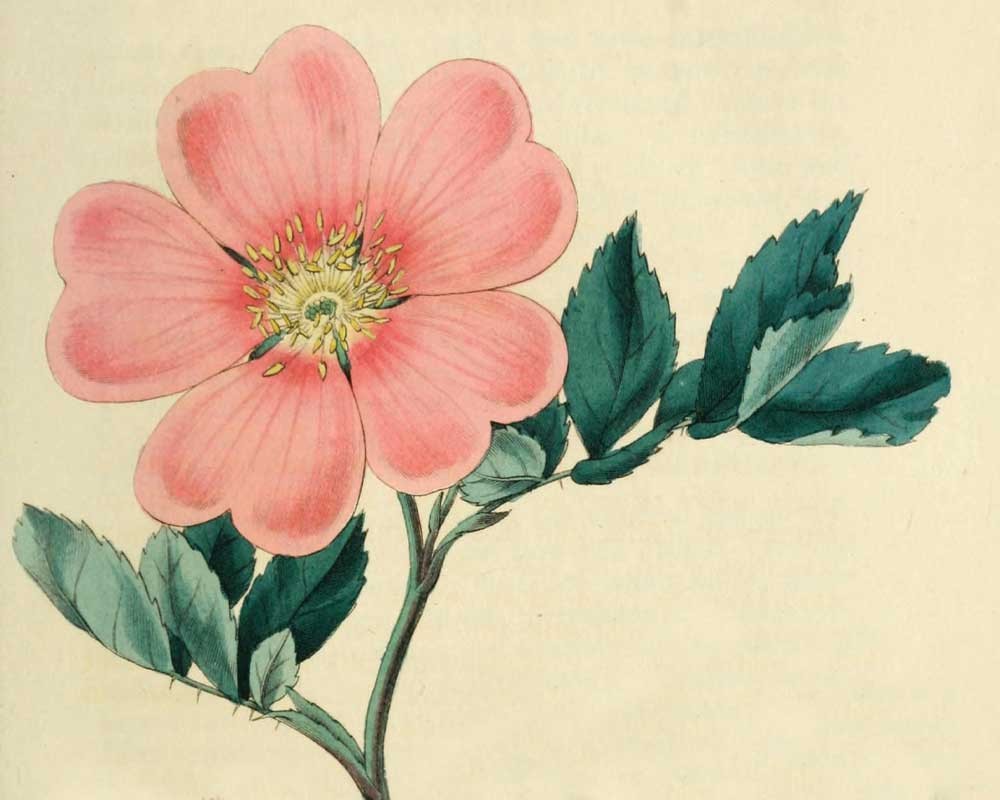
Lindley’s public image as a man of principle and conviction (he also successfully campaigned against the taxation of glass windows) led to the government asking him to investigate the mysterious disease that was causing potatoes to rot and caused the Great Irish Famine - and the report he helped write eventually led to the repeal of the Corn Laws.
But Lindley’s greatest love was for orchids. Acknowledged as the leading authority of his time, he described and named almost 150 new species before his death (aged 66) in 1865.
The legacy of this botanist from Norfolk is enormous. The Royal Horticultural Society bought his 1,300 volume library which now forms part of the world’s largest collection of horticultural literature. The RHS Lindley Medal is awarded annually to exhibits with exceptional educational value. And over the last 140 years more than 200 plant species have been named after him using epithets such as ‘lindleyi’, ‘lindleyanum’ and ‘lindleyoides’.
There may not be a statue of John Lindley in Norfolk, and his name may not feature on a list of the county’s most famous sons, but botanists and gardeners around the world owe this man from Norwich an enormous debt.
